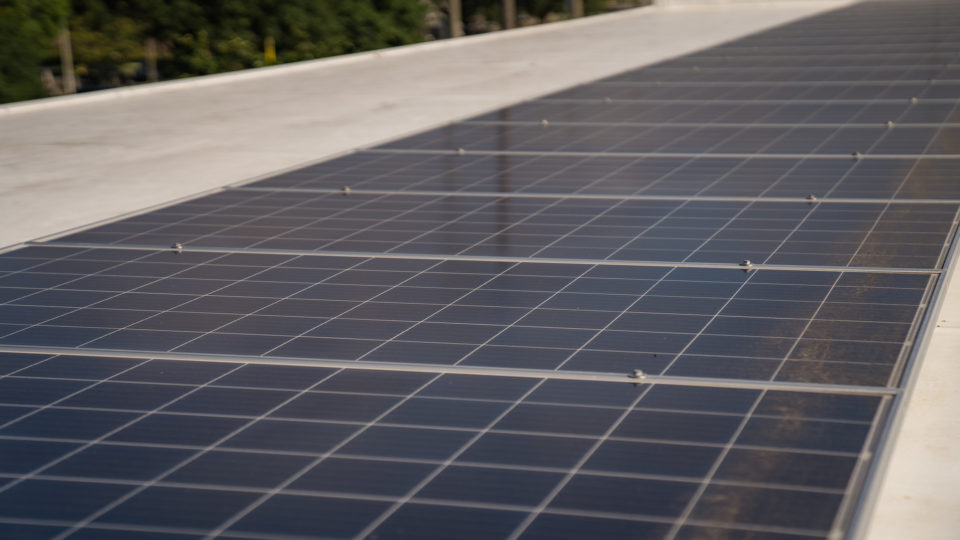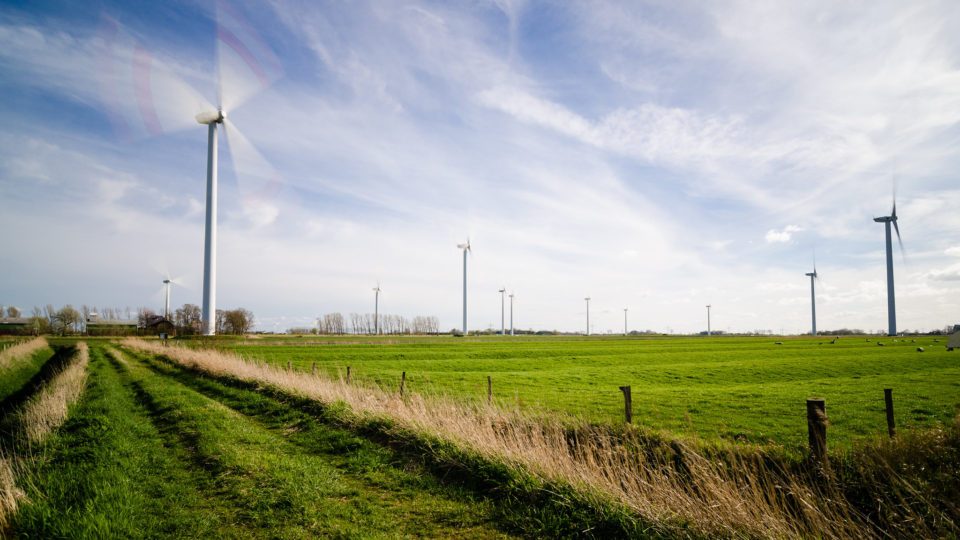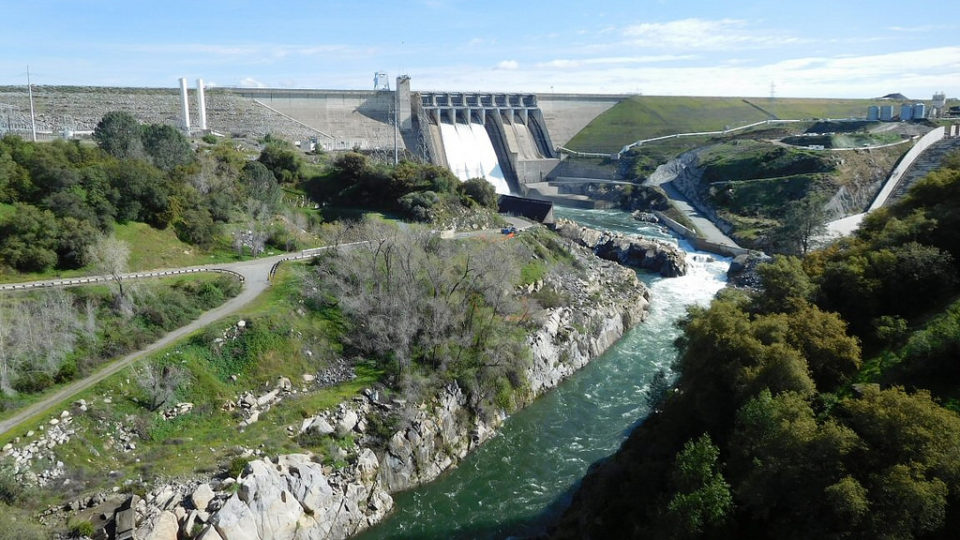According to the U.S. Energy Information Administration, both wind and solar power are contributing more and more to total electrical generation in the United States. For the first 8 months of 2019, the combination of wind and solar power accounted for almost 10% of U.S. electrical generation.
Solar, including small-scale PV systems on home rooftops, grew by almost 14% compared to the first eight months of 2018 and accounted for more than 2.7% of total electrical output. In fact, small-scale solar generation increased by 19% and provided nearly a third of all the solar power in the country.
Wind energy in the U.S. increased by 4.4%, accounting for almost 7% of the country’s electricity.
Overall, renewable energy sources – which include biomass, geothermal, hydropower, solar, and wind – accounted for 18.49% of net domestic electrical generation during the first 8 months of 2019. The non-hydro renewable sources actually accounted for over 11% of total electricity production and saw a year-over-year growth of 6%.
Outside of renewables, nuclear-generated electricity declined by 0.6% and coal power dropped by almost 14%. Much of the coal generation was replaced by natural gas, which grew by 6.5% compared to the previous year.
Renewables now accounting for nearly 20% of overall electricity generation in the US represents significant progress. But the variations by state continue to be substantial. For example, while Vermont gets 99% of its power from renewables, Ohio gets only 2%.
**********
Web Links
Solar and wind energy provide almost 10 percent of total generation in the US in 2019
Photo, posted April 8, 2019, courtesy of City of St. Pete via Flickr.
Earth Wise is a production of WAMC Northeast Public Radio.






